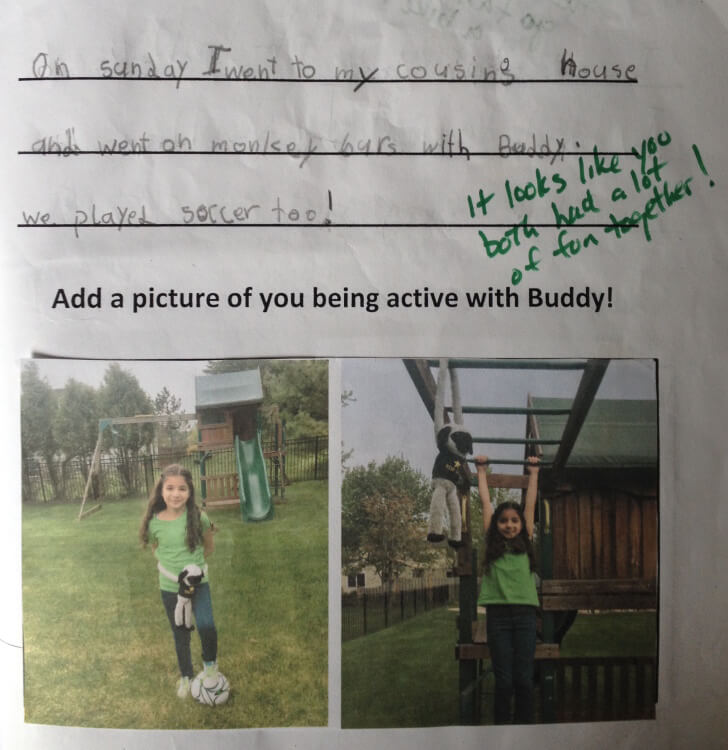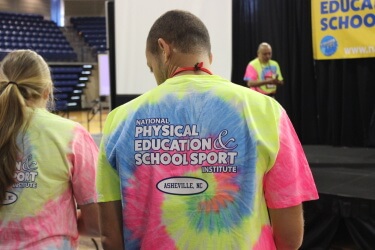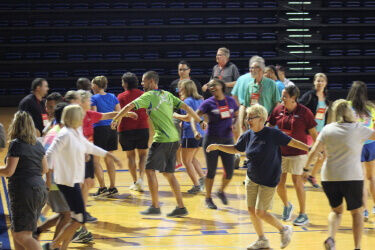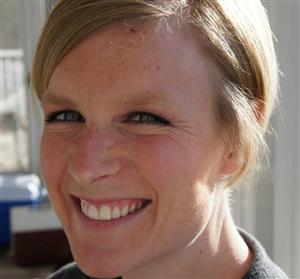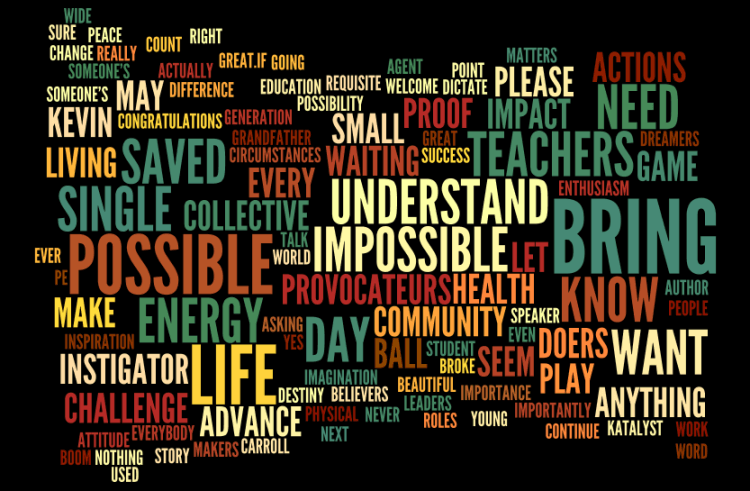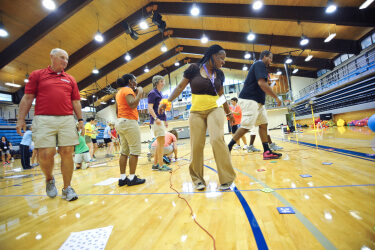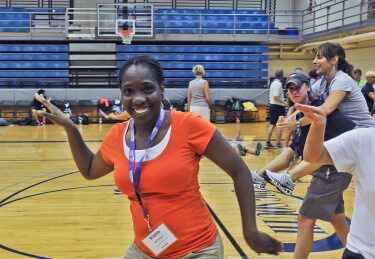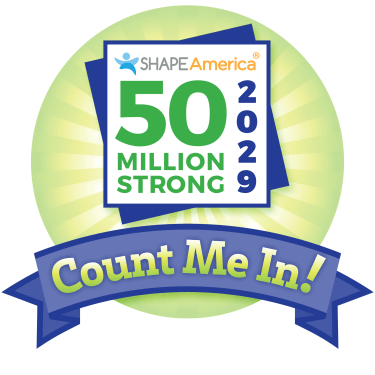As health and physical educators, it’s easy to feel frustrated by school district politics or sense a lack of support for your teaching. I completely understand and as a middle-high school health and physical educator I’ve been there many times myself. However, I also often think that as teaching professionals we don’t give ourselves enough credit.
We are in the business of creativity. Health and physical educators are routinely challenged to think outside the box. We constantly need to differentiate our instruction (sometimes 5 or more ways within a single activity), adapt to a wide variety of skill levels in our classes, and simultaneously manage and try to teach more students in small spaces that would give most classroom teachers nightmares!

Despite these impressive talents, we too often allow ourselves to get focused on the funding, or lack thereof, within our district. We think, “It sure would be nice to have a bigger budget or PEP grant! I could have a variety of climbing gear, fitness stations, on-line portfolios (I do love the portfolios. . .but have never had to pay for them), outdoor recreation and challenge course equipment, and so much more!”
